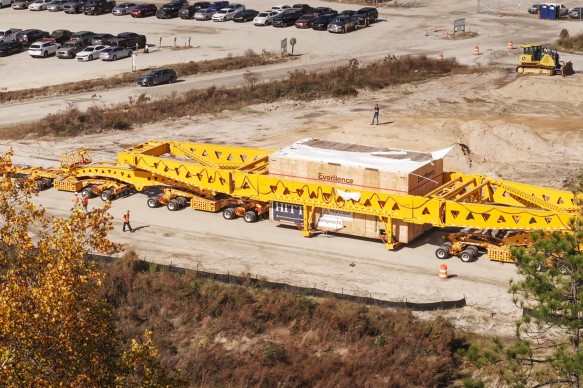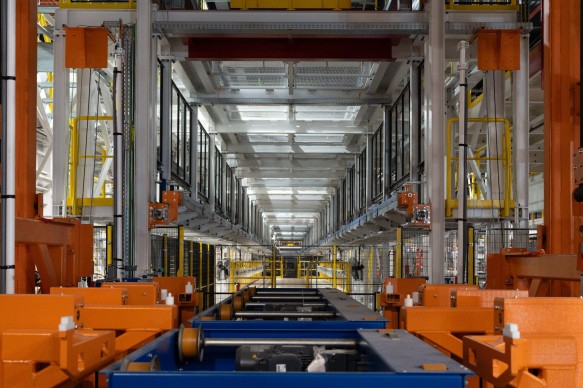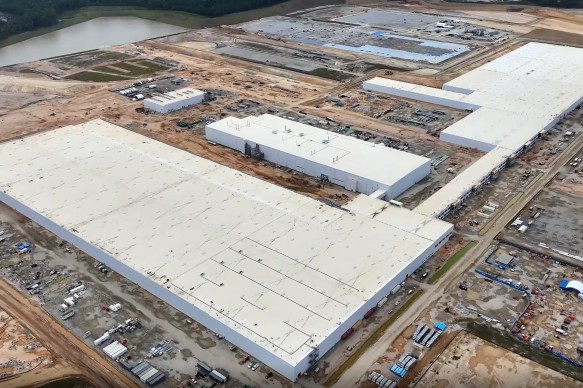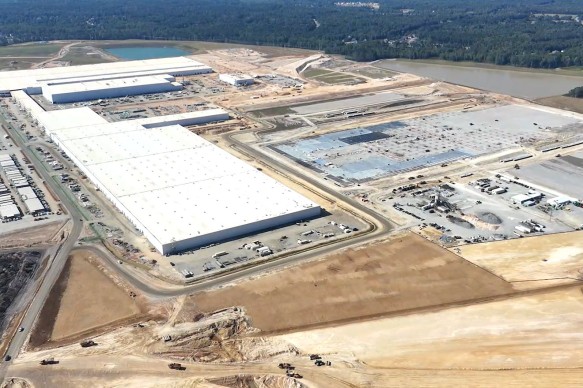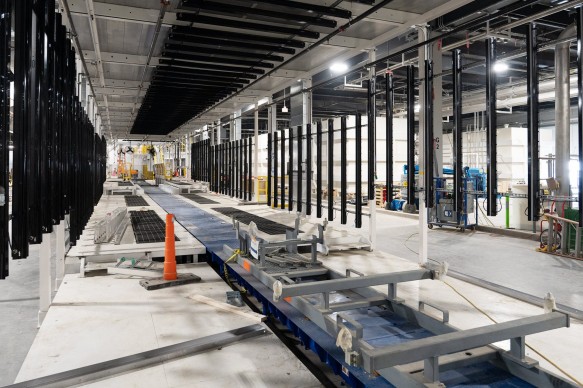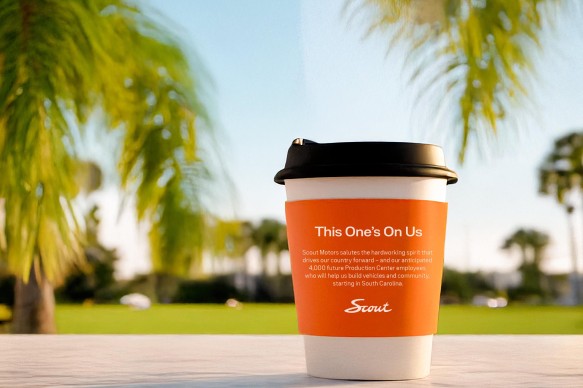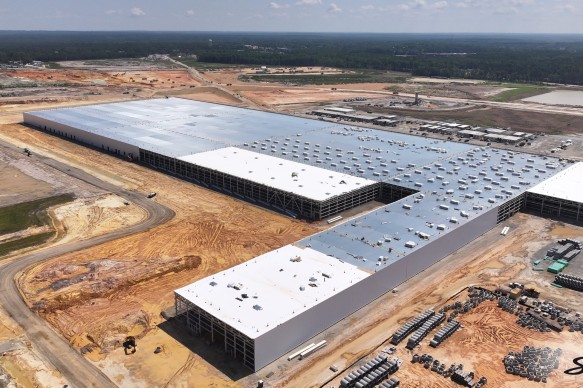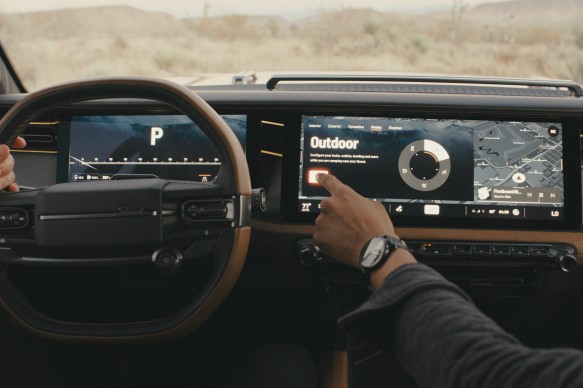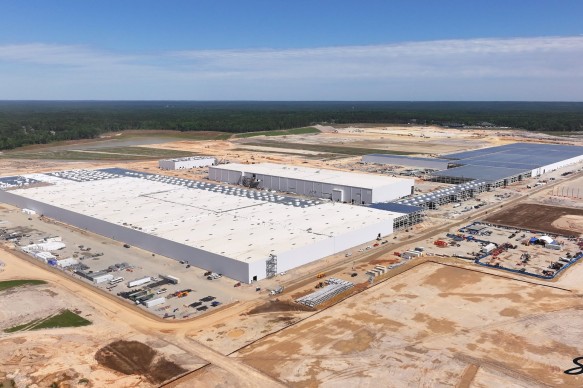November 2025 Scout Motors Production Center Update
Our November update on the progress of our Scout Production Center in Blythewood, South Carolina.
October 2025 Scout Motors Production Center Update
Our October update on the progress of our Scout Production Center in Blythewood, South Carolina.
September 2025 Scout Motors Production Center Update
Our September update on the progress of our Scout Production Center in Blythewood, South Carolina.
The Making of What’s Next: Manufacturing Day at Scout Motors
This is modern manufacturing. And this is what we’re celebrating this Manufacturing Day — we’re opening doors, challenging outdated perceptions, and honoring the hands and minds shaping this next era of an American industry.
August 2025 Scout Motors Production Center Update
Our August update on the progress of our Scout Production Center in Blythewood, South Carolina.
Scout Motors To Give Away 4,000 Cups of Coffee in South Carolina
This One’s On Us. Scout Motors salutes the hardworking spirit that drives our country forward – and our anticipated 4,000 future Production Center employees who will help us build vehicles and community, starting in South Carolina.
July 2025 Scout Motors Production Center Update
Our July update on the progress of our Scout Production Center in Blythewood, South Carolina.
Connection Machine: The Designers Behind the Scout Motors User Experience
With no digital legacy to inherit, the user experience in the new Scout® trucks will start from a true clean slate. Watch the video to see how it’s being done.
June 2025 Scout Motors Production Center Update
Our June update on the progress of our Scout Production Center in Blythewood, South Carolina.
May 2025 Scout Motors Production Center Update
Our May update on the progress of our Scout Production Center in Blythewood, South Carolina.

